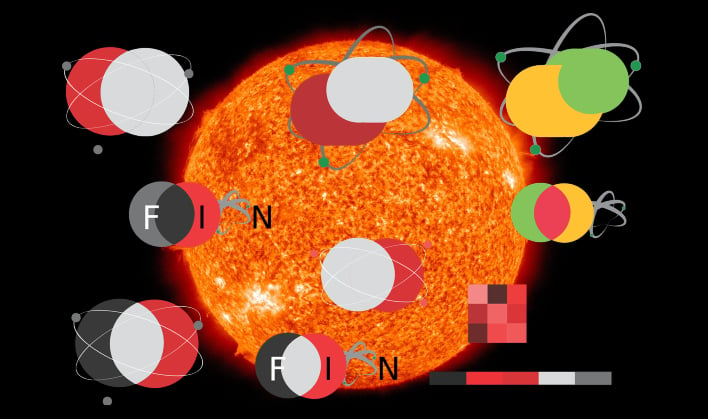China's $1 Trillion Artificial Sun Fusion Reactor Smokes Our Sun's Output With Record Temps

China's Experimental Advanced Superconducting Tokamak (EAST) was built and designed to create nuclear fusion like the Sun. The reactor is located in Hefei, China and has been in operation since 2006. The experiments are utilizing a bountiful chemical isotope found in the ocean, deuterium, in order to provide a consistent supply of clean energy.
In its recent record setting experiment, the reactor achieved a continuous high-temperature plasma operation for 1,056 seconds. The temperature reached an astonishing 216 million degrees Fahrenheit (close to 120 million degrees Celsius), which is approximately five times hotter than the Sun. The previous record was set by France's Tore Supra tokamak in 2003, where plasma in a coiling loop remained at similar temperatures for 390 seconds.
Deuterium, also called heavy hydrogen, is an isotope of hydrogen with a nucleus consisting of one proton and one neutron. It was discovered in 1931 by American chemist Harold C. Urey, which he received the Nobel Prize for Chemistry in 1934. The nuclear fusion of deuterium and the heavier hydrogen isotope, tritium, at high temperature is accompanied by a release of an immense amount of energy.
The Chinese tokamak uses lasers to heat heavy hydrogen atoms, like deuterium and tritium, to hundreds of millions of degrees Fahrenheit, which is also the threshold temperature where fusion processes begin in stars. Once the atomic nuclei in the tokamak reach the high temperatures, they will begin to smash together and release energy that can then be used for electrical power. Deuterium can theoretically be found in and harvested from the ocean, and it is said that one liter of seawater has enough fusion material to provide an estimated equivalent to 300 liters of gasoline.
Scientists have been trying to safely harness the power of nuclear fusion for over 70 years. The goal of using nuclear fusion is much the same as main-sequence stars, which are able to convert matter into light and heat, producing large amounts of energy without producing greenhouse gases or long-lasting radioactive waste. Fossil fuels such as coal, oil, and natural gas are in danger of running out and produce a threat to the environment. Many see fusion energy as the ideal "ultimate energy" as it produces clean energy and has a nearly unlimited amount that can be found on Earth.
"The recent operation lays a solid scientific and experimental foundation towards the running of a fusion reactor," stated Gong Xianzu, a researcher at the Institute of Plasma Physics of the Chinese Academy of Sciences.
As of right now, China's EAST reactor is being utilized to test technology for an even larger tokamak reactor that is currently under construction in France. The collaboration between 35 countries, the International Thermonuclear Experimental Reactor (ITER), will be the world's largest nuclear reactor. The United States, the United Kingdom, China, India, and all the states in the European Union will be involved in the project, according to Live Science. It is slated to begin operation in 2025 and also has the world's most powerful magnetic field, which is stated to be 280,000 times as strong as Earth's own.

